The One Body Part That Everyone Forgets To Train
When we think about getting fit, we often focus on training glutes, quads, biceps, triceps, abs, and so on. But rarely do you see anyone considering how to train their spine. It might sound odd to train your spine. After all, your spine is a bony structure, while exercise typically targets muscle groups. However, I want to convince you a healthy spine is essential if you want to age gracefully and maintain mobility throughout your golden years.
The human body is held together by the skeleton, with the spine as its core. The spine not only provides structural support for the body, but it also governs every cell in the body by controlling your central nervous system. If your spine can’t support your body and central nervous system, it can impact how you move, feel, think, sleep, and so much more.
In this post, I want to persuade you that training your spine is just as crucial as training your heart through cardio. Read on.
A Quick Anatomy Lesson
To really grasp why and how to train the spine, it’s essential to first get a handle on its structure. The human spine is this intricate structure made up of 33 individual vertebrae, and they’re split into five distinct regions:
- Cervical spine (7 vertebrae)
- Thoracic spine (12 vertebrae)
- Lumbar spine (5 vertebrae)
- Sacrum (5 fused vertebrae)
- Coccyx (4 fused vertebrae)

Each vertebra is stacked atop one another, separated by a gel-like structure known as the intervertebral discs. These discs serve as shock absorbers, preventing the vertebrae from rubbing against each other.

Additionally, there are groups of ligaments that hold each of these vertebrae together (just a reminder: ligaments connect bones to bones).

There are also tendons that connect muscles to the vertebrae (just a little hint: tendons connect muscles to bones).

Each vertebra features a hole in its center, and when stacked on top of one another, they create a hollow tube called the spinal canal. This tube is where the spinal cord lives. The spinal cord is a column of nerves connecting your brain to the rest of your body. Through the spinal cord, the brain and body exchange messages, enabling the movement of body parts and the functioning of organs.

Between every pair of vertebrae, there are two facet joints, one on each side. These facet joints enable movement between the vertebrae. Without them, your spine would be stiff and rigid.

Now that we’ve gone over the basics, let’s dive into understanding the role of a healthy spine.
What Does A Healthy Spine Do?
We want our spine to be healthy because it enables us to function and do things our body was designed to do. A healthy spine does all of the following:
1) Provides support
A healthy spine provides structural support for the entire body. For instance, it supports our head and neck and allows us to turn our head with ease. It also supports the shoulder and the entire frame of the body. Without a spine, we’d all look like giant shrimps.
2) Protects the spinal cord
A healthy spine protects the spinal cord, preventing it from being impacted when we move. This is an incredibly important job, considering how vital the spinal cord is to our central nervous system.
3) Allows us to move
A healthy spine is designed to let us move with ease. Movements like flexion (bending forward), extension (bending backward), lateral flexion (side bending), and rotation (twisting) are effortless for a healthy spine. Simple actions like bending down to pick up your baby or turning around to see what’s behind you are only possible because of our amazing spine.
4) Absorbs Shock
A healthy spine ensures that intervertebral discs stay hydrated and pliable, allowing them to absorb shocks when we move. For instance, when we walk, jog, or jump, we need a healthy spine capable of properly absorbing the impact from these activities.
5) Promotes Good Posture
Posture is everything. Without good posture, you end up with muscle imbalances, joint pain, weakness, stiffness, and other health issues. A healthy spine supports proper posture by evenly distributing weight throughout the vertebral column. This weight distribution keeps your body aligned during static positions (e.g., sitting or standing) and dynamic movements (e.g., walking or lifting). Plus, it prevents excessive strain on specific muscles or ligaments.
Clearly, a healthy spine has a lot of work to do. Sadly, many people overlook their spine’s health. Let’s explore what happens when the spine is NOT in tip-top shape.
What Happens When Your Spine Is NOT Healthy?
As Joseph Pilates once said, “A man is as healthy as his spine.” This is a lot of truth to this because an unhealthy spine can lead to numerous health issues. Let’s explore some of them:
1) Reduced Mobility and Flexibility
When your spine isn’t in good shape, it becomes stiff and inflexible. For instance, if you have poor mobility in your lumbar spine, even bending down to pick something up can be a challenge. This significantly impacts your quality of life, as you’re limited in your everyday activities.
2) Poor Posture
An unhealthy spine leads to poor posture because it lacks the strength to keep your body upright. Over time, this may cause rounded shoulders, forward head posture, or swayback. This type of posture puts extra stress on your body’s musculoskeletal system, leading to problems like muscle imbalances or spinal misalignment.
3) Chronic Pain
Having an unhealthy spine can cause chronic back or neck pain. For instance, carrying a heavy backpack with a weak spine forces your shoulders and upper back muscles to work harder, potentially leading to muscle imbalances and chronic pain over time.
4) Nerve Compression
Misalignments in the vertebrae or degeneration of your intervertebral discs can lead to nerve compression. This puts pressure on the nerves, causing numbness, tingling sensations, or sharp pain radiating down your arms or legs (like sciatica).
Take a look at the difference between a healthy disc and an unhealthy disc in the image below:

5) Decreased Organ Function
Your spinal cord’s nerves control various organs in your body. An unhealthy spine can hinder proper communication between the spinal cord and organs like the heart, lungs, and digestive system. This could impair organ function over time. Scary, right?
6) Increased Risk of Injuries
An unhealthy spine is more prone to injuries like a herniated disc or fracture. Moreover, it can indirectly contribute to injuries in other body parts by forcing you to overcompensate with different muscles or joints when you move.
For instance, if you bend down to pick up a heavy object, a weak spine may cause you to overly rely on your knees and hips for support, increasing the likelihood of strains or ligament tears in these areas.
7) Mental Health Impact
We were designed to move our bodies freely and painlessly, and when we can’t, it hinders our ability to live as nature intended. Weakened muscles, muscle aches, headaches, migraines, joint problems, poor concentration, sleep issues, stiffness, numbness, and more – these are all symptoms of a weak spine. Living with these symptoms can take a toll on your mental health.
What Causes An Unhealthy Spine?
We know that poor spinal health can lead to various health problems, but what exactly causes the spine to lose its strength, mobility, and flexibility?
1) Poor Posture
Bad posture for extended periods is a major culprit. When we slouch, hunch over a computer or phone, or stand with uneven weight distribution, it puts pressure on the wrong muscles (e.g., neck and shoulders instead of your core). As your core weakens, the muscles become tighter and shorter, which then compresses the vertebrae and worsens your posture.
2) Sedentary Lifestyle
Remember, motion is lotion. When we sit for long periods, the spine weakens. Prolonged sitting also puts pressure on your lower back (lumbar spine) and intervertebral discs, and overstretches the ligaments in the spine, which in turn deteriorates the spine.
3) Improper Lifting Techniques
Lifting heavy weights without proper form puts unnecessary stress on the spine. For example, during a deadlift, lifting with your lower back instead of your glutes, hamstrings, and core puts a ton of load on your lumbar spine. This can aggregate your spine leading to lower back pack or even lead to spinal injuries.
4) Excess Body Weight
Each extra pound of weight strains the muscles and ligaments of the spine, especially the lumbar region. The spine is incredibly strong and can handle a lot of force, but it wasn’t designed to carry excess weight for extended periods of time. To compensate, the spine will tilt in ways it shouldn’t. For example, excess weight in the abdomen pulls the pelvis forward (increasing lumbar lordosis), leading to low back pain.
5) Bad Sleep Position
We spend 30% of our lives asleep. If your sleep position doesn’t allow your spine to be aligned and relaxed, it puts extra strain on different parts of the back, causing pain. Sleeping in awkward positions or using unsupportive pillows and mattresses is a recipe for poor spine health.
6) Not Exercising the Spine
Keeping the spine flexible and mobile through exercise is essential as you age. Otherwise, gravity will take its toll, deteriorating your spine and nervous system. For instance, not strengthening the muscles that support the spine will put extra pressure on the spinal discs and facet joints. And not moving the spine through its full range of motion reduces its mobility. You lose what you don’t use.
Now that you understand the common causes of spinal problems, let’s look at how to keep the spine in good condition and prevent long-term pain.
How To Maintain A Healthy Spine?
To maintain a healthy spine, at the very least, you should:
- Sit, stand, and move with good posture
- Stay active throughout the day
- Lift with proper form
- Maintain a healthy weight
- Sleep with a neutral spine
Apart from these basics, I’ve discovered that one of the best ways to strengthen the spine is through Pilates. I’ve written extensively about my love for Pilates in my previous post.
Joseph Pilates, the founder of Pilates, firmly believed that a healthy spine is the key to optimal health. That’s why the Pilates repertoire is filled with exercises specifically targeting the spine and core muscles which support the spine. For example:
The Hundred

Roll Up

Roll over

Rolling back
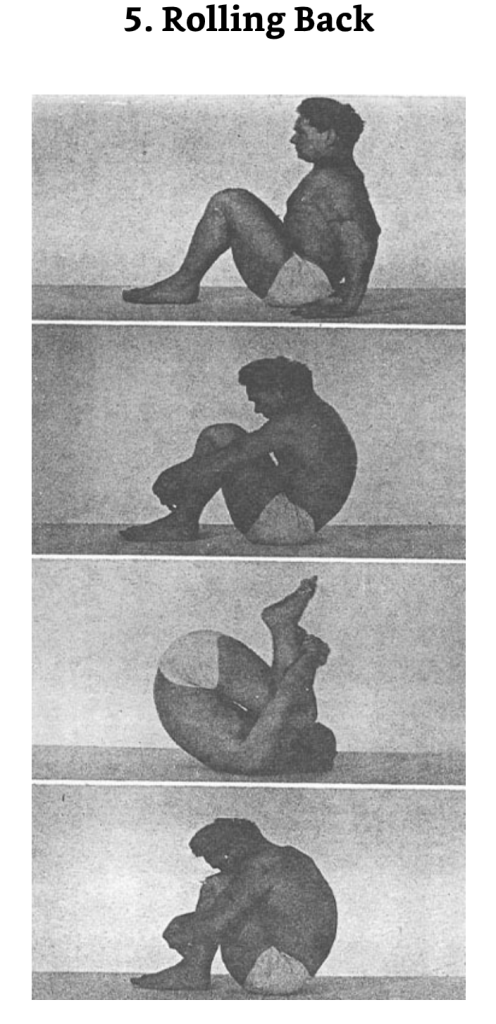
Spine Stretch
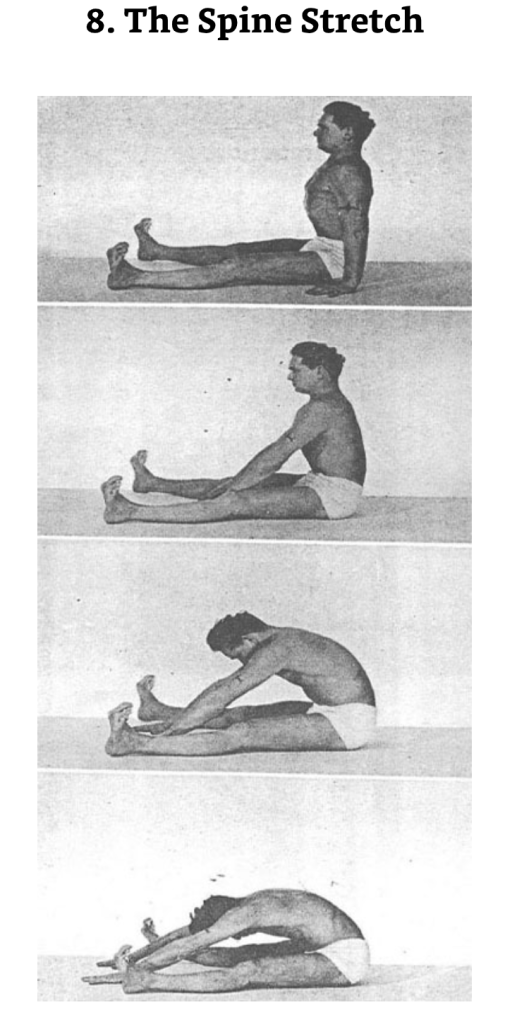
Corkscrew
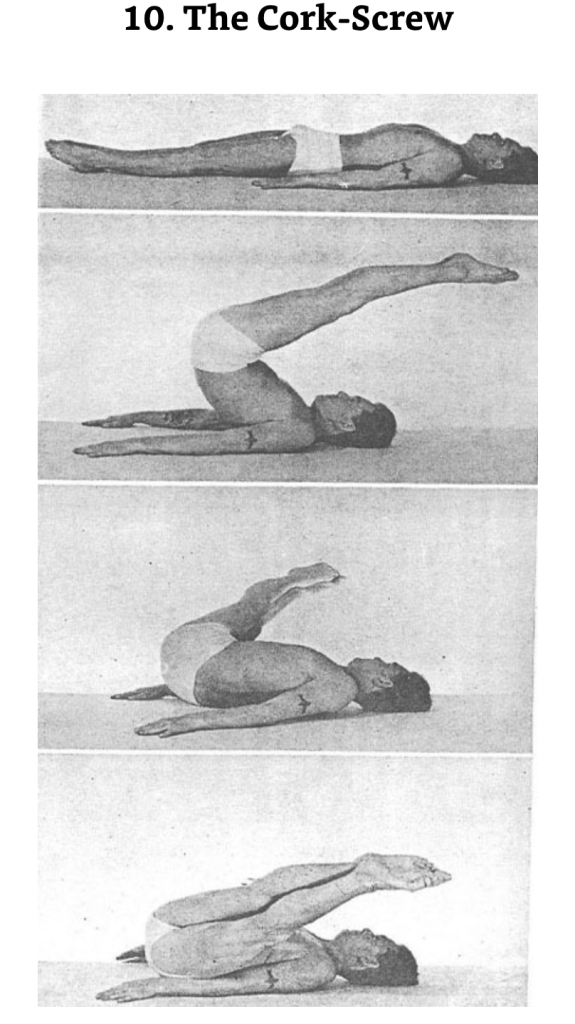
The Saw

Swan dive

Shoulder Bridge
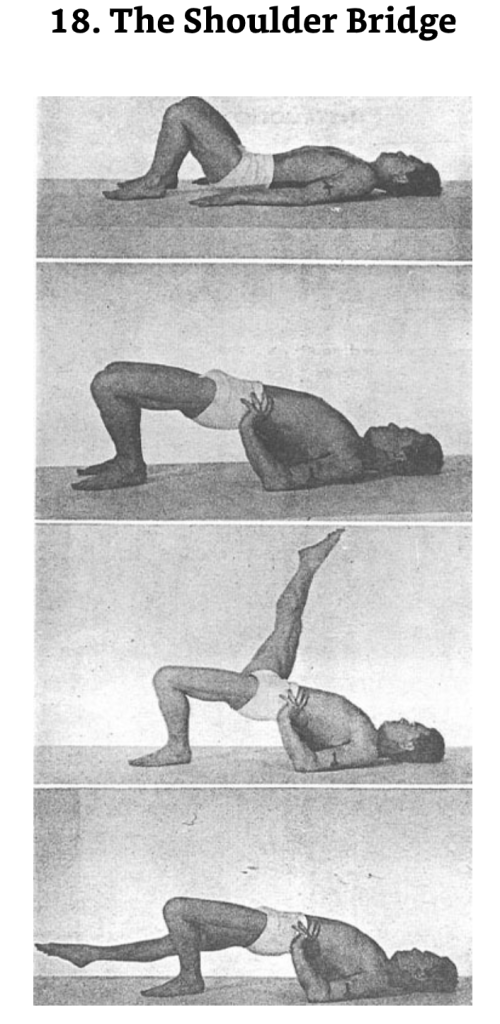
Hip Twist
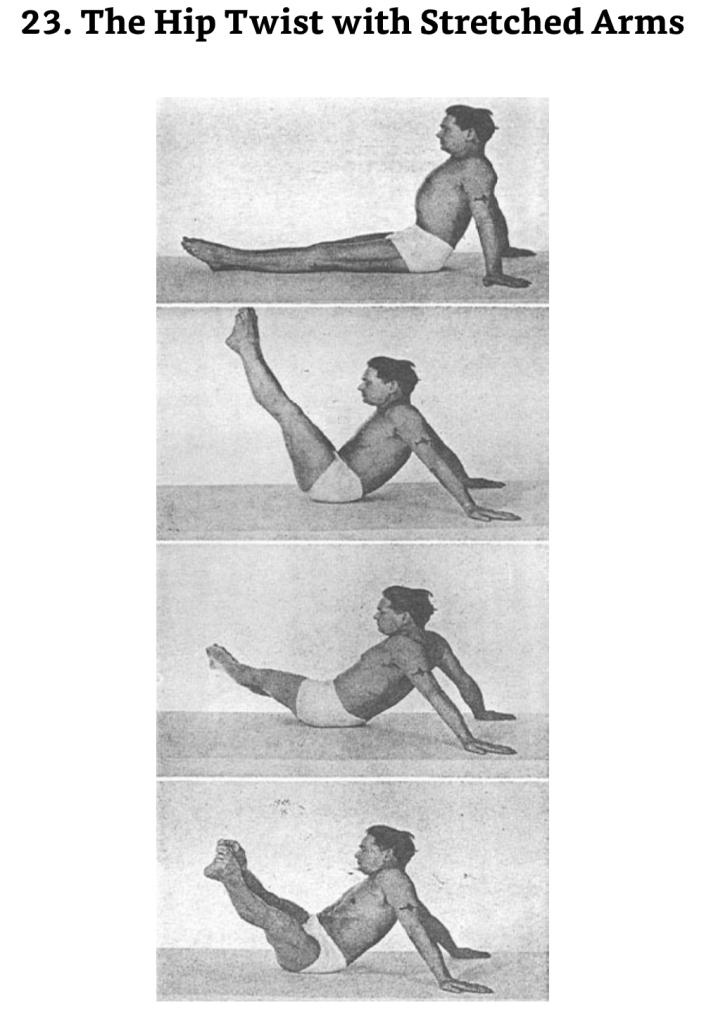
As you can see, Pilates exercises require you to move and twist your spine in all different directions. This in turn helps build strength and mobility in the spine.
Since starting Pilates, my spine’s health improved drastically, and I can see its impact in my overall health and daily life:
- When lifting, I can use better form and engage my core and back more easily and effectively.
- My posture is more upright when practicing dance.
- Picking up my son, I naturally use my core and legs instead of straining my neck, shoulders, and upper back.
- Maintaining good posture while working at my computer has become easier.
- I feel more fluid and controlled in my everyday tasks.
Besides Pilates, regular exercise and chiropractic care are other things you can do to take care of your spine.
Conclusion
The spine is one of those things people don’t notice until it starts to cause problems. I hope this post inspires you to take the health of your spine more seriously. It’s essential to stretch and strengthen your spine for a healthy, pain-free life.
As Joseph Pilates wisely said, “If your spine is inflexibly stiff at 30, you are old. If your spine is completely flexible at 60, you are young.”





